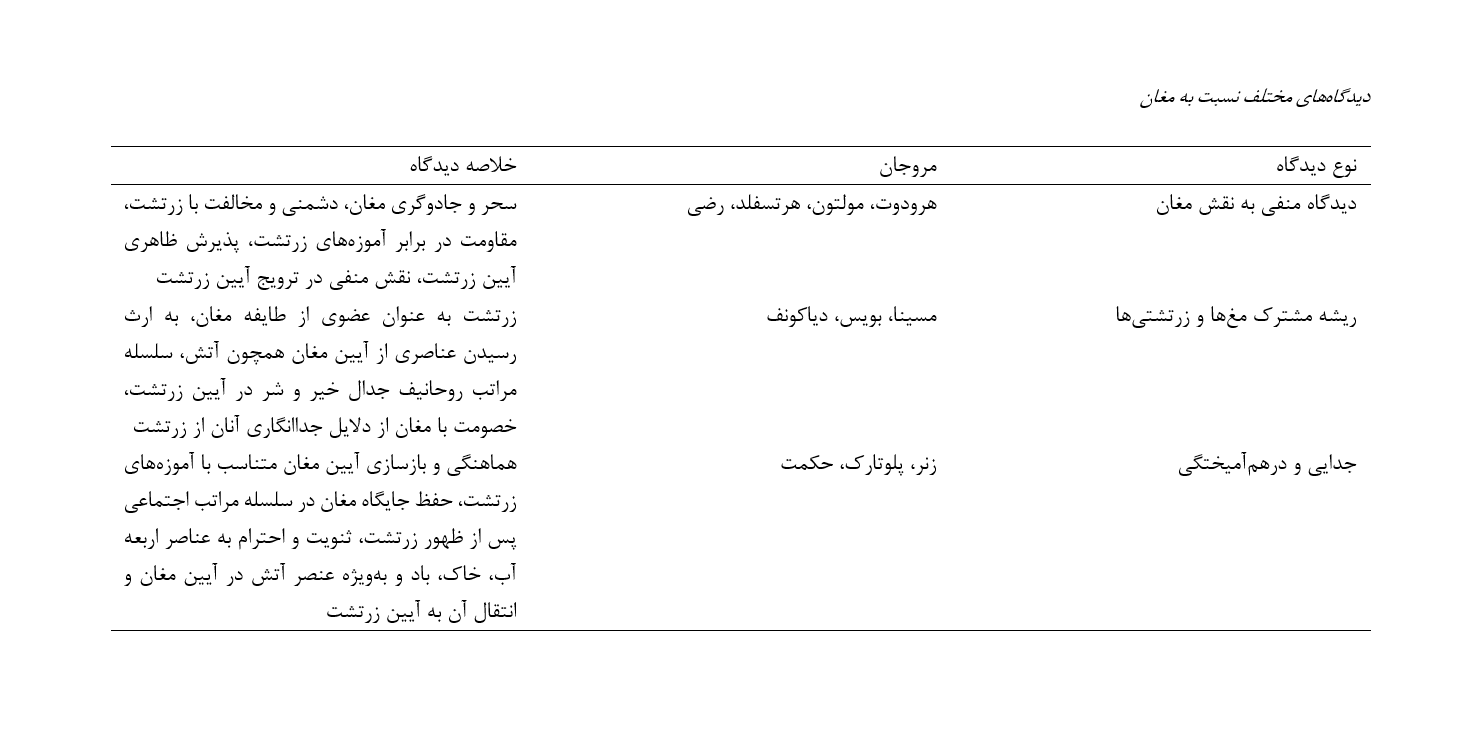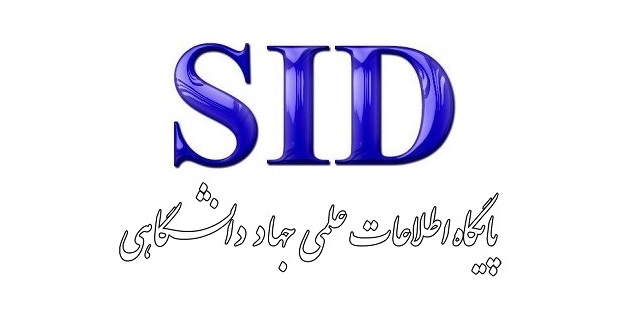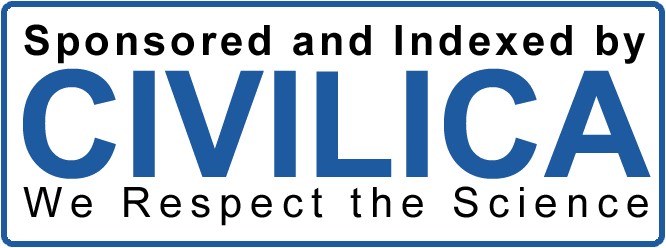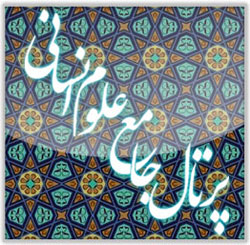The Role of the Magi in Scientific Exchange with Greek and Babylonian Civilizations in the Fields of Philosophy, Astronomy, and Medicine
Keywords:
Magyars, Medes, Achaemenids, Greeks, Babylonians, applied sciencesAbstract
Ancient Iran holds significant importance and utility in terms of reevaluating and reconstructing the relationship between science and religion—one of the most controversial issues of the modern era. The reason for this significance lies in the presence of a clerical group known as the Magi in ancient Iran, particularly during the Median and Achaemenid periods. Due to historical and social circumstances, this group held a simultaneous monopoly over both religion and science, and their interpretations of phenomena had the power to dominate others. From the outset, due to their esteemed social status as religious representatives, the Magi were also able to establish a solid position within the social domain and jointly acquire monopolistic control over certain spiritual and worldly domains. One of these domains was science, which, due to its transcendent nature in antiquity, naturally fell under the monopoly of the Magi. Therefore, the present study, using a "qualitative method and document-based research," seeks to answer the question: What was the position of the Magi in the scientific structure of ancient Iran (Median and Achaemenid periods)? The research findings indicate that the Magi, as one of the most influential groups in ancient Iran, simultaneously held monopolies in both religion and science and engaged in reciprocal scientific interactions with other nations.
Downloads
References
Ahmadvand, S., & Bardbar, A. R. (2019). Religious Foundations of the State in Ancient Iran from the Mythological Period to the Achaemenid State. Dolat Pajouhi Quarterly, 5(19), 81-106.
Azkaei, P. (2012). Medicine in Ancient Iran. Tehran: Al-Mo'i.
Bahar, M. (2008). A Study of Iranian Myths. Tehran: Agah.
Barthold, V. (1999). Historical Geography of Iran (Translation by M. Afshar ed.). Tehran: Gostareh Publications.
Boyce, M. (1979). Zoroastrians: Their Religious Beliefs and Practices. Boston and Henley.
Dampier. (1992). A History of Science (Translation by A. Azarang ed.). Tehran: Samt.
De Scala, S. (2008). Criticism of Herodotus' Histories: The Persian Wars (Translation by M. Baghaei ed.). Tehran: Yadavaran Publications.
Dustkhah, J. (1991). Avesta: The Oldest Songs of the Iranians. Tehran: Morvarid Publications.
Dyakonov, M. (1992). History of Media (Translation by K. Keshavarz ed.). Tehran: Elmi va Farhangi.
Ebrahimnejad, H. (2013). Medicine in Iran: Profession, Practice and Politics. Palgrave Macmillan.
Elgood, C. (1992). (Translation by B. Forghani ed.). Tehran: Amir Kabir Publications.
Farshad, M. (1986). History of Science in Iran. Tehran: Amir Kabir Publications.
Ghasemzadeh, S. A. (2020). The Archetype of Sacrifice in Mithraism and Zoroastrianism with a Focus on the Sacrifice of the Cow. Journal of Folklore and Literature, 31, 73-95.
Herodotus. (2003). The Histories (Translation by V. Mazandarani ed.). Tehran: Elmi va FarhangiER -.
Herzfeld, E. (2002). Iran in the Ancient East (Translation by H. S. Zadeh ed.). Tehran: Institute for Humanities and Cultural Studies.
Madan, D. M. (1911). the complete text of the Pahlavi Dinkard. Bombay: the Zoroastrians Religion society.
Mojtabaei, F. (1973). Plato's City of Beauty and the Ideal King in Iran. Tehran: Society of Ancient Iran Culture.
Moulton, J. H. (1926). Early ZOROASTRIANISM. London: CONSTABLE & COMPANY LTD.
Najmabadi, M. (1987). History of Medicine in Iran After Islam. Tehran: University of Tehran.
Nasr, S. H. (1966). A Brief Overview of Recent Research on the History of Islamic Astronomy. Ma'aref Journal, 35-40.
Panoussi, S. (2002). The Influence of Iranian Culture and Worldview on Plato. Tehran: Iranian Institute of Philosophy.
Pirnia, H. (2001). History of Ancient Iran. Tehran: Negah Publications.
Pourdavoud, E., & Jafari Dehaghi, M. (2008). Yashts Sources of Knowledge in Ancient Iran and the Influence of Iranians in the Dissemination of Sciences (Vol. 184). Tehran: Asatir.
Ranin, C. (2006). The Cambridge History of Science (Translation by H. Afshar ed.). Tehran: Markaz Publications.
Sarton, G. (2006). Introduction to the History of Science (Vol. 1). Tehran: Elmi va Farhangi.
Taee, A. A. (2018). The Religion of the Magi. Tehran: Giva. https://doi.org/10.3390/rel9040093
Vermaseren, M. J. (2004). Mithras, the Secret God (Translation by B. Naderzadeh ed.). Tehran: Cheshmeh Publications.
Wilhelm, W. (2007). Cyrus the Just Ruler (Translation by B. Shalguny & K. Taherzadeh Behzad ed.). Tehran: Diba Publications.
Zaehner, R. C. (2008). The Dawn and Twilight of Zoroastrianism (Translation by T. Ghaderi ed.). Tehran: Mahtab.
Zamershidi, Z. (2015). The Influence of the Mithraic Religion on Iranian Art and Culture. Tarikh Quarterly, 76-103.
Zarrinkoub, R. (2011). Ancient Iran in Fragments of Iranian Studies: A Remembrance of Eternity and Knowledge. Bokhara Quarterly, 81, 632-640.

Downloads
Published
Submitted
Revised
Accepted
Issue
Section
License
Copyright (c) 2025 حمیده کشاورزی (نویسنده); محمود جعفری دهقی (نویسنده مسئول); میرزا محمد حسنی (نویسنده)

This work is licensed under a Creative Commons Attribution-NonCommercial 4.0 International License.







